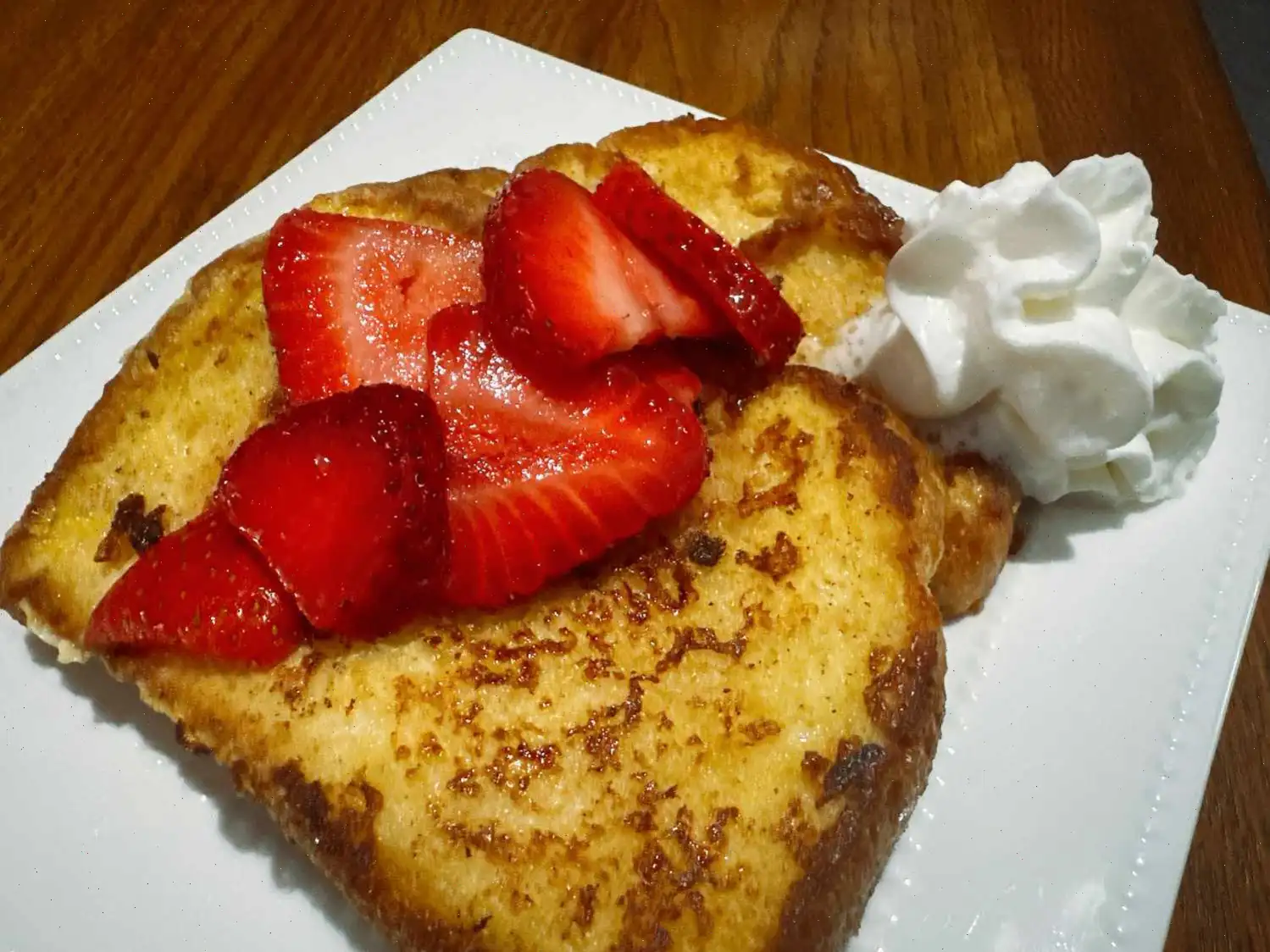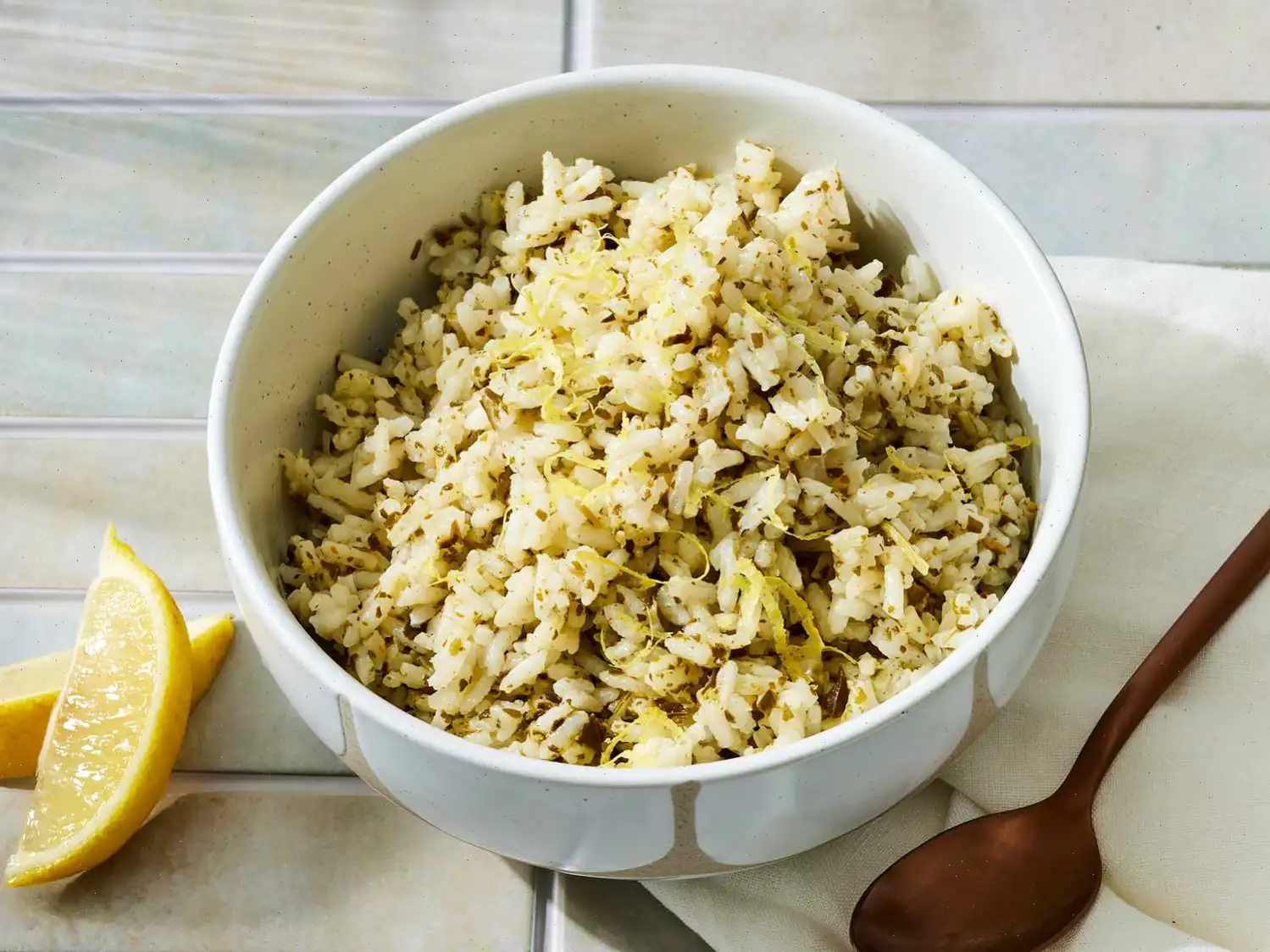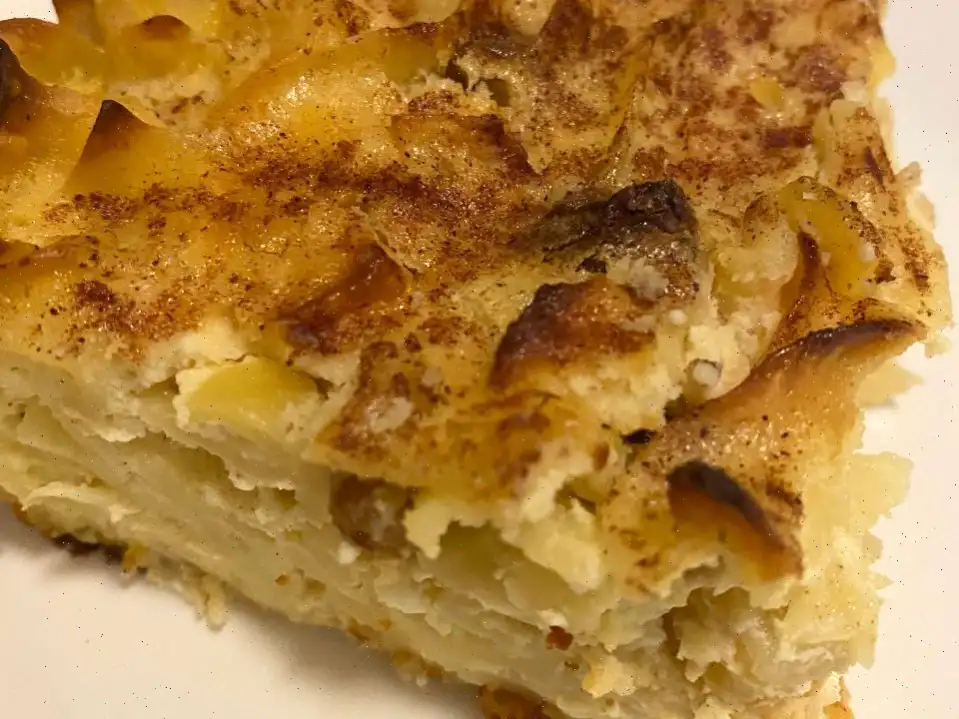
Macerated Strawberries Recipe
Ingredients
This recipe yields 8 servings:
- 2 cups sliced strawberries
- 2 teaspoons sugar
Directions
Step 1: Place the sliced strawberries into a with a lid.
Step 2: Sprinkle the sugar evenly over the strawberries.
Step 3: Gently toss the strawberries to coat them with sugar. If preferred, you can mash a few of the strawberries while leaving some whole for texture.
Step 4: Cover the and refrigerate for at least 1 hour, or up to overnight, until the strawberries release their juice.
Nutrition Facts (per serving)
- Calories: 18
- Fat: 0g
- Carbs: 4g
- Protein: 0g
Nutrition Breakdown
| Nutrient | Amount | % Daily Value |
|---|---|---|
| Total Fat | 0g | 0% |
| Saturated Fat | 0g | 0% |
| Cholesterol | 0mg | 0% |
| Sodium | 0mg | 0% |
| Total Carbohydrate | 4g | 2% |
| Dietary Fiber | 1g | 3% |
| Total Sugars | 3g | - |
| Protein | 0g | 1% |
| Vitamin C | 26mg | 28% |
| Calcium | 7mg | 1% |
| Iron | 0mg | 1% |
| Potassium | 66mg | 1% |
* Percent Daily Values are based on a 2,000 calorie diet. Your daily values may be higher or lower depending on your calorie needs.
** Nutrient information is based on available data and may vary depending on ingredient availability. If you are on a medically restrictive diet, please consult a doctor or dietitian before preparing this recipe.
Origin and History
The practice of macerating fruits dates back centuries and has evolved across various cultures, with strawberries being a popular fruit of choice due to their sweetness and texture. The word "macerate" comes from the Latin "macerare," which means "to soften." This technique typically involves soaking fruits in sugar, allowing them to release their natural juices and enhance their flavor. In the case of strawberries, this process dates back to Europe, where it was used to prepare berries for use in desserts like shortcakes and pies. By adding sugar, the berries would not only become juicier but would also develop a more intense, syrupy flavor, making them perfect for pairing with other treats.
Regional Variations
Although macerated strawberries are widely recognized in American cuisine, different regions have their own unique takes on this method. In the UK, for example, macerated strawberries are often paired with whipped cream and scones, creating a dish similar to the traditional English "strawberries and cream" served at Wimbledon. In France, macerated strawberries might be used in desserts like tarts or served with a glass of champagne. Meanwhile, in Italy, strawberries macerated in sugar are frequently used to fill delicate pastries, such as crostata di fragole, or to flavor gelato.
Difference from Similar Dishes
While macerated strawberries might seem similar to other fruit preparation techniques, such as compote or jam-making, there are key differences. Unlike compote, which is typically cooked down to a syrupy consistency, macerated strawberries are left raw and simply soaked in sugar. This results in a fresher, more natural taste, with the texture of the berries remaining intact. Additionally, macerated strawberries are not preserved like jams and are usually prepared fresh for immediate consumption, making them a great option for a quick and delicious topping for desserts like shortcakes, pancakes, or yogurt.
Where Are Macerated Strawberries Typically Served?
Macerated strawberries are incredibly versatile and are commonly served in a variety of settings. They can be used as a topping for desserts such as cheesecake, panna cotta, or ice cream. For breakfast, they are often paired with waffles or French toast, providing a sweet and fruity contrast to the rich and fluffy textures of the dish. Macerated strawberries also make an excellent addition to beverages, particularly lemonades or cocktails like strawberry mojitos, adding a burst of flavor and color. Furthermore, they are often featured at brunches and festive gatherings, bringing a fresh, seasonal touch to the table.
Fun Facts about Macerated Strawberries
- Did you know that the process of macerating strawberries can bring out their natural antioxidants, making them even healthier to consume? Strawberries are rich in vitamin C and flavonoids, which are beneficial for heart health and boosting the immune system.
- The sugar in the maceration process not only draws out the juice from the berries but can also act as a preservative for a short period, making them last longer than fresh strawberries alone.
- Macerated strawberries are often used in the preparation of "strawberry syrup," which can be drizzled over desserts or used to make homemade strawberry-flavored drinks.
- Strawberries are one of the most popular fruits in the world and were originally cultivated in ancient Rome. However, the modern cultivated strawberry we know today is a hybrid of two species, the North American strawberry and a Chilean variety.
Whether you're preparing a simple breakfast or a more elaborate dessert, macerated strawberries bring a burst of natural sweetness and vibrant color to any dish. Their rich history, versatility, and delicious flavor make them a beloved ingredient around the world.
FAQ about Macerated Strawberries Recipe
Comments
Gary Diaz
01/06/2024 03:41:02 PM
I have always been curious about ways to enhance the sweetness of strawberries for desserts. These were absolutely delightful! Much appreciated!








